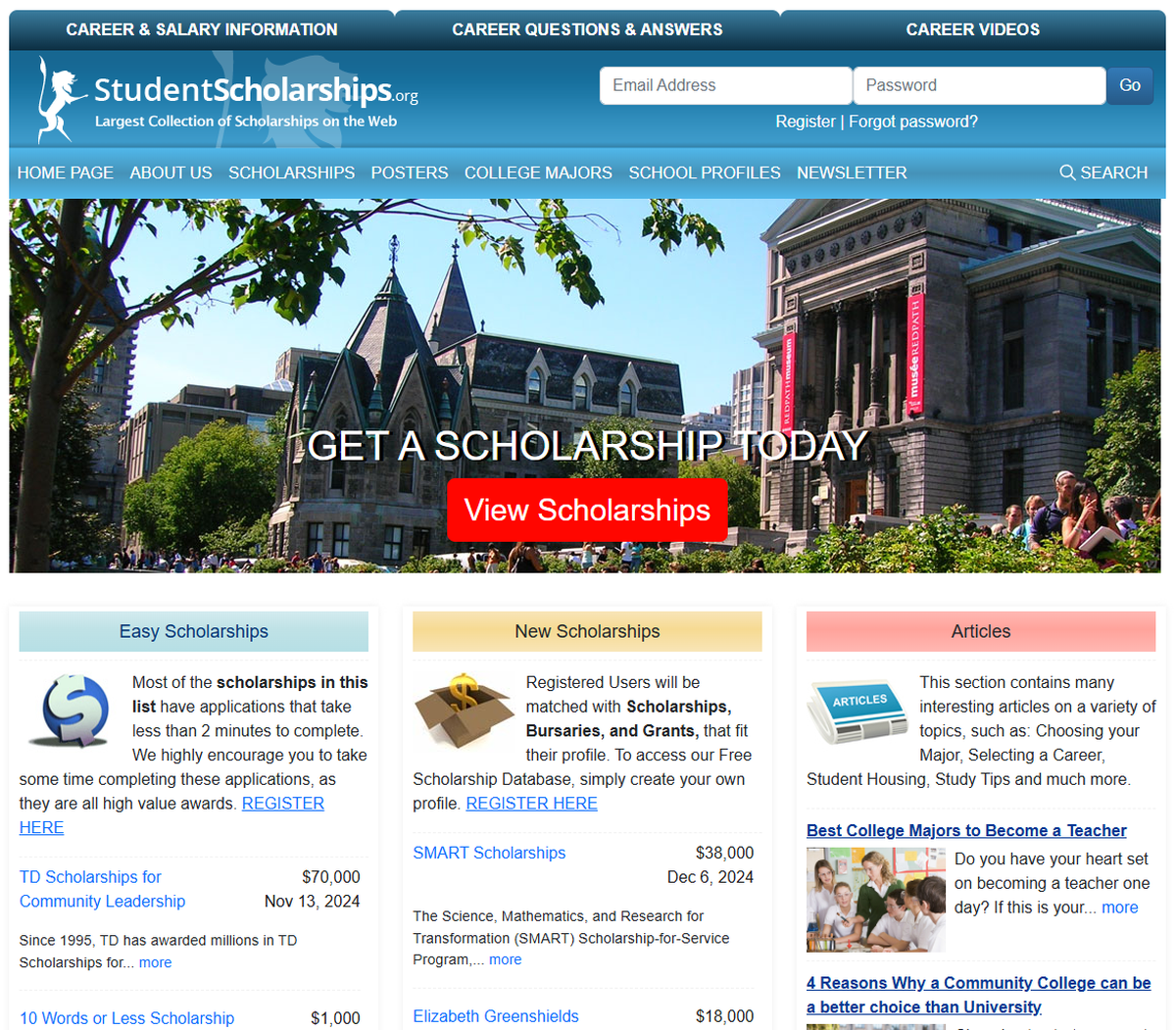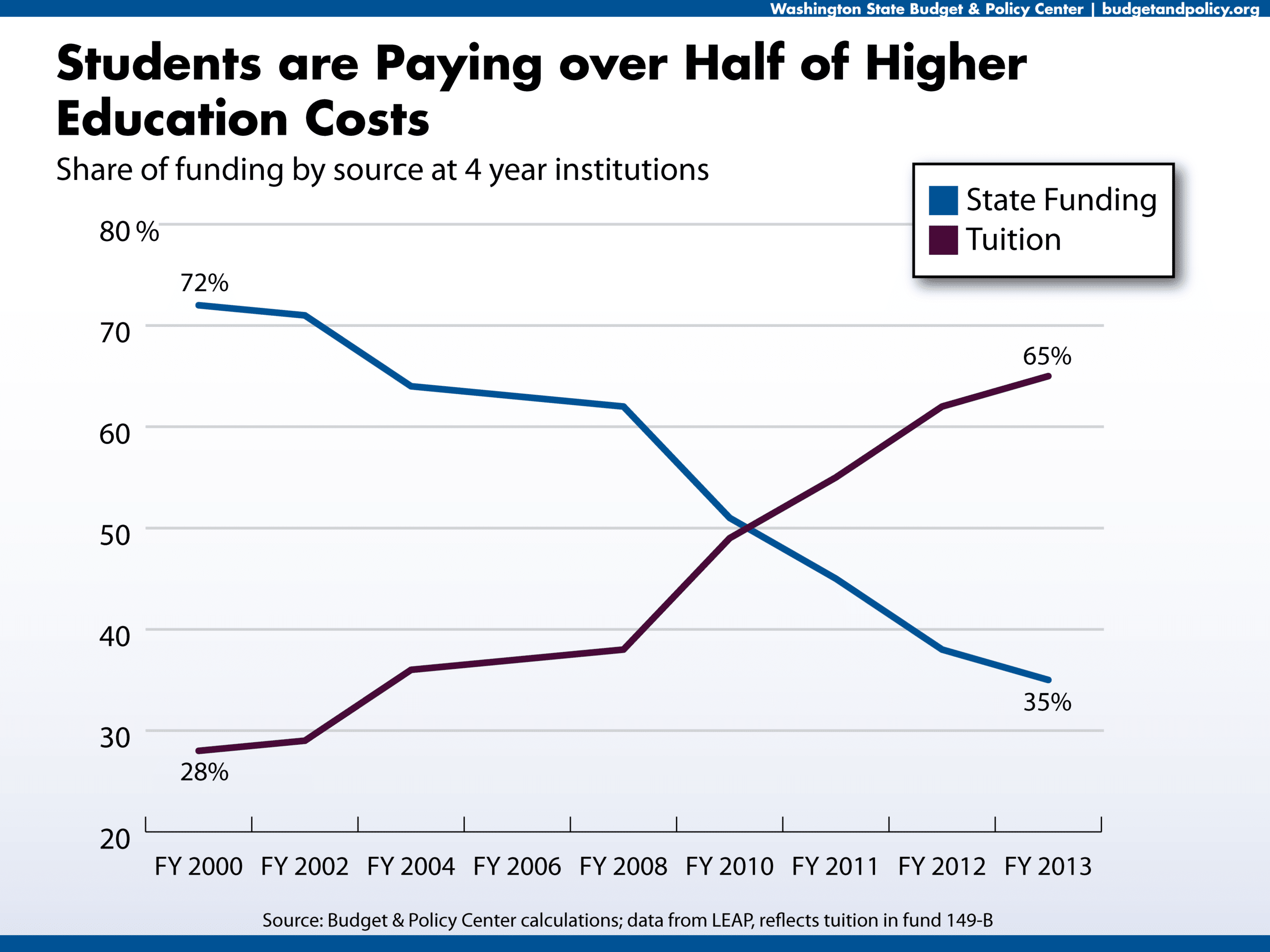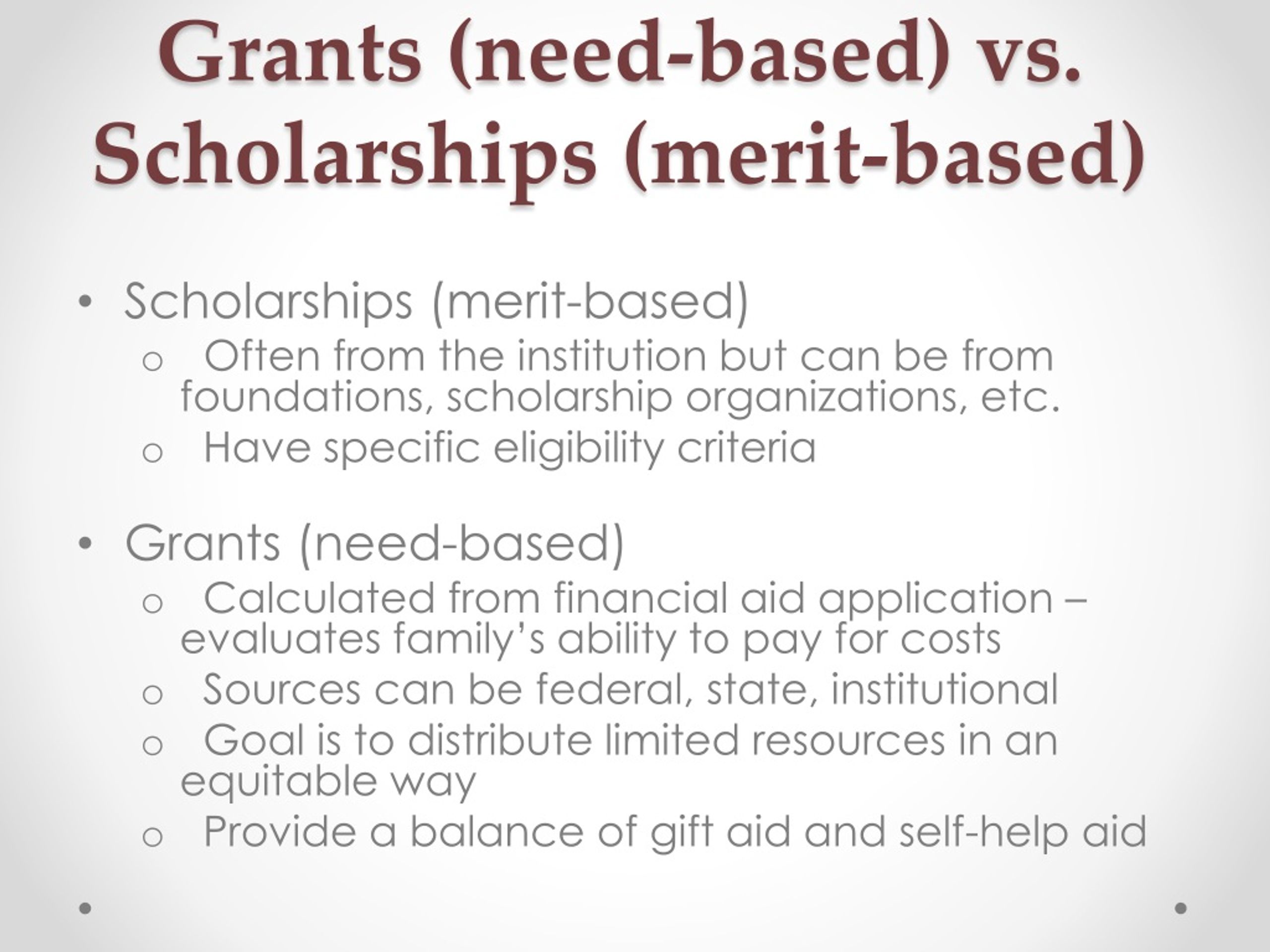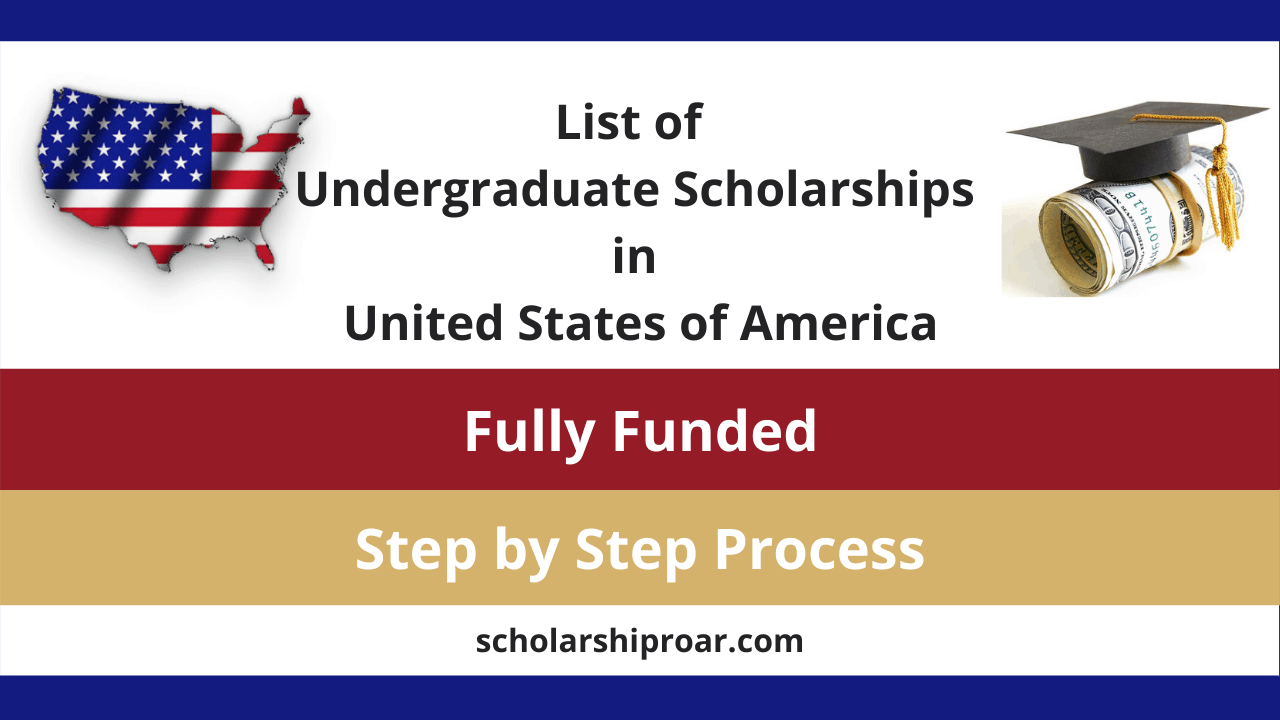Scholarship Deadlines 2025: A Comprehensive Guide
Scholarship deadlines 2025 represent a crucial juncture for students seeking financial aid for their higher education. This guide navigates the complexities of various scholarship application timelines, providing insights into the diverse types of scholarships available, effective search strategies, and practical tips for managing multiple applications. We’ll explore everything from understanding the nuances of early, rolling, and final deadlines to mastering the art of crafting a compelling application and handling post-application procedures.
From merit-based awards to need-based grants and subject-specific scholarships, we’ll delve into the specific requirements and application processes for each category. This guide aims to empower students with the knowledge and tools to successfully navigate the scholarship application landscape and secure the financial support they need to pursue their academic goals in 2025.
Understanding Scholarship Deadlines in 2025
Securing funding for your education often hinges on navigating the intricate world of scholarship deadlines. Understanding these timelines is crucial for successful applications. Procrastination can be detrimental, so early planning and awareness are key.
Scholarship Deadline Variations in 2025
Scholarship deadlines in 2025 will vary significantly depending on several key factors. These factors influence when you need to submit your application, making it essential to check individual scholarship requirements carefully. Missing a deadline, regardless of the reason, typically results in ineligibility.
Factors Influencing Scholarship Deadlines
Several factors contribute to the diversity of scholarship deadlines. The awarding organization, the academic level (undergraduate, graduate, postgraduate), and the specific field of study all play a significant role. For example, highly competitive national scholarships may have earlier deadlines than smaller, institution-specific awards. Similarly, doctoral programs often have later deadlines than undergraduate programs due to the longer application processes involved. Some scholarships utilize a rolling admissions system, accepting applications until funds are exhausted, while others have strict cut-off dates.
Typical Scholarship Deadline Schedule
The following table summarizes typical deadline months, application periods, and key considerations for different scholarship types. Remember that these are generalizations, and specific deadlines should always be verified on the scholarship provider’s website.
| Scholarship Type | Typical Deadline Month | Application Period Length | Key Considerations |
|---|---|---|---|
| Merit-Based Scholarships (Undergraduate) | January – March | 2-6 months | Strong academic record, extracurricular activities, essays are crucial. Often early deadlines. |
| Need-Based Scholarships (Undergraduate) | February – April | 3-6 months | Financial need documentation is essential. May require FAFSA completion. |
| Graduate Fellowships | December – February | 4-8 months | Strong research proposal, letters of recommendation, GRE/GMAT scores are often required. |
| Professional Scholarships (e.g., Law, Medicine) | January – May | Variable | Specific professional experience and qualifications are often needed. Deadlines can be highly variable. |
| International Scholarships | October – March | Variable, often longer | Visa requirements, proof of English proficiency, and specific application processes should be carefully reviewed. |
Types of Scholarships with 2025 Deadlines
Securing funding for higher education is a significant undertaking, and understanding the diverse landscape of scholarships is crucial for success. The 2025 scholarship season offers a wide array of opportunities, each with its own eligibility criteria and application process. This section will categorize various scholarship types and provide examples to guide your search.
The availability and specifics of scholarships vary considerably. Factors such as academic merit, financial need, intended field of study, and demographic background all play a role in determining eligibility. Furthermore, application deadlines and processes differ significantly between organizations and scholarship types. Careful research and planning are key to maximizing your chances of securing funding.
Merit-Based Scholarships
Merit-based scholarships reward academic excellence, leadership skills, or exceptional talent in a specific area. These scholarships often have competitive application processes, requiring strong academic transcripts, standardized test scores (like the SAT or ACT), and compelling essays or letters of recommendation. Many universities offer merit-based scholarships as part of their admission packages. The application deadlines typically align with the university’s application deadlines, often falling between December and February for fall enrollment. Examples include the National Merit Scholarship Program and various university-specific merit scholarships.
Need-Based Scholarships
Need-based scholarships are awarded to students demonstrating significant financial need. These scholarships consider factors such as family income, assets, and the cost of attendance. The application process usually involves completing the Free Application for Federal Student Aid (FAFSA) and providing detailed financial documentation. Deadlines vary but often align with the FAFSA deadlines, typically in the early spring for the upcoming academic year. The Pell Grant is a prominent example of a need-based federal grant program.
Subject-Specific Scholarships
Subject-specific scholarships target students pursuing specific fields of study, such as engineering, medicine, or the arts. These scholarships often require applicants to demonstrate an interest and aptitude in the relevant field, sometimes through relevant coursework, extracurricular activities, or work experience. Deadlines vary greatly depending on the organization offering the scholarship and the specific field of study. For example, the American Medical Association offers several scholarships for pre-med students with deadlines typically in the spring.
Minority Scholarships
Minority scholarships aim to support students from underrepresented groups, including racial and ethnic minorities, LGBTQ+ students, and students with disabilities. These scholarships often have specific eligibility requirements based on the applicant’s background and identity. Application processes and deadlines are unique to each organization and scholarship. The United Negro College Fund (UNCF) is a well-known example, offering a range of scholarships with varying deadlines.
Community-Based Scholarships
Many local organizations, businesses, and community groups offer scholarships to students within their communities. These scholarships often have more localized eligibility requirements and smaller applicant pools, increasing the chances of success. Deadlines and application processes vary widely, so it’s crucial to check with individual organizations for specific information. Rotary Clubs and local chapters of professional organizations frequently offer such scholarships, with deadlines ranging from early fall to late spring.
Examples of Scholarship Organizations and Application Periods
- The Gates Millennium Scholars Program: Typically has a January/February deadline.
- Jack Kent Cooke Foundation: Deadlines vary by scholarship, but generally fall in the fall and winter.
- Ron Brown Scholar Program: Usually has a December deadline.
- Posse Foundation: Application deadlines are typically in the fall.
Comparison of Application Processes
The application processes for different scholarship types vary significantly in terms of required documentation, essay requirements, and interview processes. Merit-based scholarships often emphasize academic achievements and extracurricular involvement, while need-based scholarships focus on financial need. Subject-specific scholarships may require demonstration of expertise in a particular field, and minority scholarships may have specific eligibility criteria based on background and identity. All applications, however, typically require careful attention to detail, strong writing skills, and effective communication.
Types of Scholarships and Typical Application Windows
- Merit-Based: Typically Fall (September-November) to Spring (February-March).
- Need-Based: Often Spring (February-April) aligning with FAFSA deadlines.
- Subject-Specific: Variable, depending on the field and organization; often Spring and Fall.
- Minority Scholarships: Variable, depending on the organization; often Fall and Spring.
- Community-Based Scholarships: Highly variable, often with rolling admissions or deadlines spread throughout the year.
Finding Scholarship Opportunities with 2025 Deadlines
Securing funding for your education requires proactive searching. The earlier you begin your scholarship hunt, the better your chances of finding suitable opportunities and completing the often-lengthy application processes. This section outlines effective strategies to locate scholarships with 2025 deadlines, emphasizing the importance of targeted searches and utilizing reputable online resources.
Effective Scholarship Search Strategies
A systematic approach is crucial for a successful scholarship search. This involves more than simply typing “scholarships” into a search engine. It requires a focused strategy utilizing specific keywords, filters, and a variety of resources. Effective searching maximizes your chances of discovering relevant opportunities and reduces time wasted on unsuitable options. Consider your academic background, interests, and demographics when tailoring your search.
Reputable Online Resources for Scholarship Searches
Several websites provide comprehensive databases of scholarships. These resources often allow for advanced searches based on criteria such as major, GPA, ethnicity, and intended field of study. Utilizing multiple resources increases your chances of uncovering hidden gems.
- Fastweb: A long-standing and popular resource with a vast database of scholarships, many with 2025 deadlines. It offers personalized search results based on user profiles.
- Scholars4dev: Focuses on scholarships for students from developing countries, offering a specialized search experience for those who may have difficulty accessing other scholarship resources.
- Peterson’s: Provides comprehensive information on scholarships, colleges, and financial aid options, including detailed deadline information.
- Unigo: Offers a combination of scholarship searches, college information, and financial aid advice, helping students navigate the entire college funding process.
- The College Board: A non-profit organization that offers extensive resources for college planning, including scholarship search tools and financial aid information.
The Importance of Specific Search Terms and Filters
Using precise keywords and filters significantly refines your search results. Instead of broadly searching for “scholarships,” try more specific terms like “engineering scholarships 2025,” “women in STEM scholarships,” or “scholarships for Hispanic students.” Filtering by deadline, GPA requirements, and other criteria further refines your results, saving you valuable time. For example, searching for “merit-based scholarships for computer science majors with a 3.5 GPA or higher, deadline 2025” will yield far more relevant results than a generic search.
Tips for Maximizing Scholarship Search Efforts
Planning and organization are key to a successful scholarship search. This involves creating a schedule, tracking deadlines, and meticulously managing applications.
- Create a Scholarship Calendar: Maintain a calendar or spreadsheet to track application deadlines and important dates. This prevents missing opportunities.
- Start Early: Begin your search well in advance of deadlines to allow ample time for research, application completion, and potential revisions.
- Utilize Multiple Resources: Don’t rely on a single website. Explore various scholarship databases and resources to maximize your chances of finding suitable opportunities.
- Refine Your Search Strategy: Experiment with different keywords and filters to find the most relevant results. Analyze unsuccessful searches to improve your strategy.
- Seek Guidance: Talk to your school counselor, teachers, and mentors for advice and recommendations on potential scholarships.
Managing Multiple Scholarship Applications
Applying for multiple scholarships can feel overwhelming, but with a strategic approach, you can significantly increase your chances of success. Effective time management and organization are key to navigating the application process efficiently and reducing stress. This section outlines techniques to help you manage your scholarship applications effectively.
Effective Time Management Techniques for Handling Multiple Applications
Successful scholarship application management hinges on effective time management. Creating a realistic schedule and sticking to it is crucial. This involves breaking down the application process into smaller, manageable tasks, allocating specific time slots for each task, and building in buffer time to account for unforeseen delays. Prioritizing tasks based on urgency and importance also helps maintain momentum and prevents last-minute rushes. Regularly reviewing your progress and adjusting your schedule as needed ensures you stay on track.
Creating a Personalized Application Calendar
A personalized application calendar is an indispensable tool for managing multiple scholarship applications. This calendar should include all relevant deadlines, from initial research to final submission. By visually representing all deadlines, you can easily identify potential conflicts and prioritize tasks accordingly. The calendar should also incorporate reminders for each stage of the application process, ensuring you don’t miss crucial steps. Utilizing digital calendar tools with reminder features can enhance efficiency and minimize the risk of overlooking important dates.
Prioritizing Scholarship Applications Based on Deadlines and Potential Award Amounts
Prioritizing applications is vital to maximize your efforts. A logical approach involves first focusing on scholarships with the earliest deadlines, followed by those with the highest potential award amounts. This ensures you dedicate sufficient time to high-priority applications while still addressing others without compromising quality. Consider creating a weighted scoring system that takes into account both deadline proximity and award amount, allowing for a more objective prioritization process. For example, a scholarship with a very close deadline and a high award might score higher than one with a distant deadline and a small award.
Sample Application Calendar
A well-structured application calendar will significantly improve your chances of success. Here’s an example of how you could organize your application schedule:
- October 26th, 2024: Research and identify potential scholarships (allow 2 hours)
- November 2nd, 2024: Draft initial essays for three high-priority scholarships (allow 6 hours total)
- November 9th, 2024: Finalize and submit applications for two scholarships with November 15th deadlines (allow 4 hours total)
- November 16th, 2024: Revise and refine essays for remaining applications (allow 4 hours)
- November 23rd, 2024: Submit remaining applications (allow 3 hours)
- December 7th, 2024: Follow up on application submissions (allow 1 hour)
- January 15th, 2025: Check for scholarship decision updates (allow 1 hour)
Remember, this is just a sample; your calendar should reflect your individual circumstances and the specific deadlines of the scholarships you’re applying for. Adjust the time allocations based on your personal speed and the complexity of each task.
Preparing a Strong Scholarship Application
Securing a scholarship often hinges on the strength of your application. A compelling application showcases not only your academic achievements but also your personality, goals, and potential. Crafting a strong application requires careful planning and attention to detail across all components.
A successful scholarship application comprises several key elements working in harmony. Each piece contributes to a holistic picture that convinces the selection committee of your suitability for the award. The weight given to each element can vary depending on the specific scholarship, emphasizing the importance of tailoring your application strategically.
Strong Essays and Writing Samples
Essays are often the most crucial part of a scholarship application. They provide an opportunity to demonstrate your writing skills, articulate your aspirations, and showcase your personality. A compelling essay is well-structured, clearly written, and directly addresses the essay prompts. It should be free of grammatical errors and typos, and maintain a consistent tone throughout. Strong essays often incorporate specific examples and anecdotes to illustrate key points and make the narrative more engaging and memorable for the reader. For instance, an essay about overcoming a challenge might detail a specific obstacle faced and the strategies employed to overcome it, demonstrating resilience and problem-solving skills.
Impressive Transcripts and Academic Records
Your academic transcript provides concrete evidence of your academic performance. A strong GPA and a consistent record of good grades are essential. However, it’s equally important to highlight any significant academic achievements, such as awards, honors, or participation in challenging courses. If your GPA isn’t as high as you’d like, consider addressing any challenges or setbacks in your personal statement and emphasizing your overall academic trajectory and improvement over time. For example, if you experienced a difficult semester due to a personal circumstance, explain the situation and highlight how you persevered and improved your grades subsequently.
Compelling Letters of Recommendation
Letters of recommendation offer external validation of your capabilities and character. Seek recommendations from individuals who know you well and can speak to your strengths and accomplishments. Ideally, these should be teachers, professors, employers, or mentors who can provide specific examples illustrating your skills and qualities. Before requesting a letter, provide the recommender with your resume, transcript, and a list of the scholarships you are applying for, allowing them to tailor their recommendation effectively.
Aligning Applications with Scholarship Criteria
Each scholarship has unique criteria and requirements. Carefully reviewing these criteria is crucial before starting your application. Tailoring your application to match the specific requirements of each scholarship significantly increases your chances of success. This includes addressing specific essay prompts directly, highlighting relevant experiences and skills, and ensuring your application materials align with the scholarship’s mission and values. For example, if a scholarship prioritizes community service, ensure your application prominently features your volunteer work and its impact.
Proofreading and Editing Application Materials
Thorough proofreading and editing are essential for avoiding careless errors that can negatively impact your application. Typos, grammatical errors, and inconsistencies in formatting can create a negative impression and undermine the strength of your application. Consider asking a trusted friend, mentor, or writing tutor to review your application materials before submitting them. Multiple rounds of proofreading and editing are recommended to ensure a polished and professional final product.
Creating a Visually Appealing and Informative Personal Statement
The personal statement is your opportunity to tell your story and connect with the scholarship committee on a personal level. While the content is paramount, the presentation also matters. Use clear and concise language, avoiding jargon or overly complex sentence structures. Organize your statement logically, using headings and subheadings where appropriate to improve readability. Maintain consistent formatting, including font type, size, and spacing. A well-structured personal statement guides the reader through your narrative effectively.
Post-Application Procedures
Submitting your scholarship applications marks a significant step, but the process isn’t over. Successfully navigating the post-application phase is crucial for maximizing your chances of securing funding. This section outlines the key steps to take after hitting the “submit” button.
The period after submitting your scholarship applications requires careful attention to detail and proactive engagement. Effectively managing this phase can significantly impact your chances of receiving an award.
Tracking Application Status
After submitting each application, note the application ID, confirmation number, or any other tracking information provided. Regularly check the scholarship provider’s website or portal for updates on the status of your application. Some organizations provide online portals where you can monitor your application’s progress. Others may send email updates, so ensure your contact information is accurate and regularly check your inbox. Failing to monitor your application status could mean missing important updates or deadlines for supplemental materials. For example, if a provider requests further information, a delayed response could jeopardize your application.
Following Up with Providers
Following up is a delicate balance. Avoid excessive contact, which can be perceived as bothersome. However, a polite and brief inquiry after a reasonable timeframe (typically 2-3 weeks after the deadline) is acceptable, especially if the provider’s website doesn’t offer a status update. Your inquiry should simply confirm receipt of your application and inquire about the expected timeline for decisions. For example, a well-crafted email might read: “Dear [Scholarship Provider Name], I am writing to politely inquire about the status of my scholarship application, [Application ID or Reference Number]. I submitted my application on [Date]. Thank you for your time and consideration.”
Handling Rejection or Deferral
Receiving a rejection can be disappointing, but it’s a common experience in the scholarship application process. Remember that rejection doesn’t reflect your worth or potential. It simply means this particular scholarship wasn’t the right fit. Review the feedback provided (if any) to identify areas for improvement in future applications. A deferral means your application is being held for consideration at a later date. Inquire about the timeframe for reconsideration and any steps you can take to strengthen your application. Remember to maintain a positive attitude and learn from each experience. For instance, if you’re rejected, you can re-evaluate your application materials and refine them based on the feedback received or your own reflection.
Accepting and Declining Scholarship Offers
Once you receive an offer, carefully review the terms and conditions. Understand the obligations and requirements before accepting. If you receive multiple offers, weigh the pros and cons of each before making a decision. Remember to respond promptly, following the instructions provided by the scholarship provider. If you decline an offer, do so professionally and politely, expressing your gratitude for their consideration. This maintains a positive relationship with the provider, which may benefit you in future applications. For example, if you accept an offer, you may be required to submit official transcripts or participate in events. If you decline, you should notify the provider in writing within the specified timeframe.
Post-Application Checklist
- Record application IDs and submission dates for all scholarships applied for.
- Create a schedule to check application portals and email for updates.
- Prepare polite follow-up emails for inquiries after a reasonable timeframe.
- Develop a strategy for handling rejection and deferral notices, focusing on learning and improvement.
- Carefully review all scholarship offer terms and conditions before accepting or declining.
- Maintain organized records of all correspondence and decisions related to scholarships.
Conclusion
Securing financial aid for higher education is a significant undertaking, and understanding scholarship deadlines 2025 is a critical first step. By employing the strategies and insights shared in this guide, students can significantly enhance their chances of success. Remember that thorough research, meticulous planning, and the creation of a strong application are key to navigating the competitive world of scholarships. Proactive planning and effective time management will increase the likelihood of securing funding for your academic pursuits in 2025.









